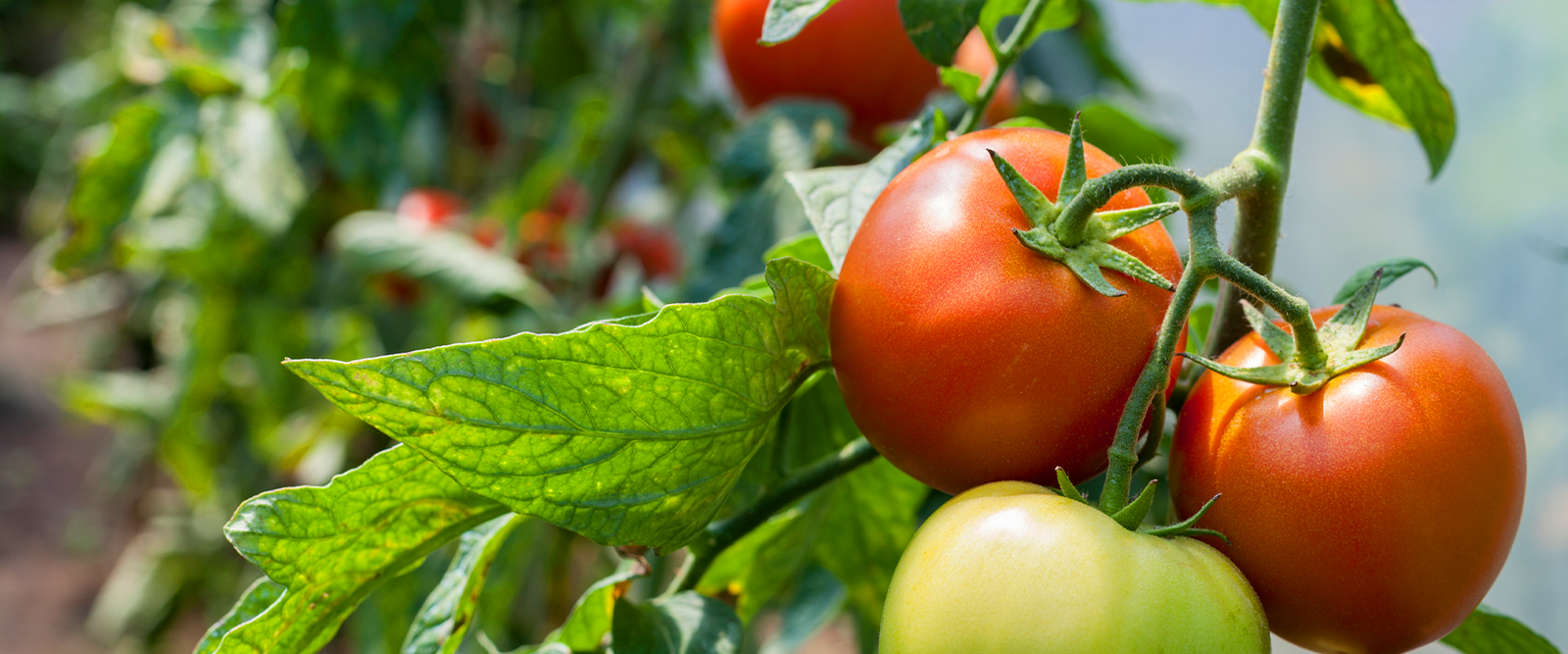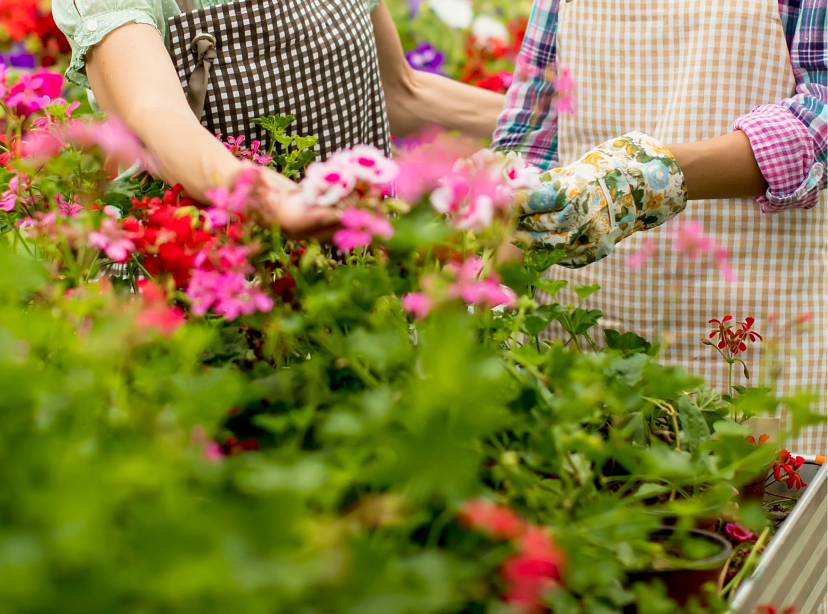There's a reason why growing tomatoes is often the kick start of a new vegetable garden. Tomatoes are consistently ranked the top home garden vegetable and a favorite garden crop. The taste of a fresh tomato eaten right off the vine just can’t compare to what you buy at the grocery store!
Like most plants, tomatoes require regular care and attention for great-tasting fruit production. Part of this maintenance is pruning your tomato plant. Although pruning is optional, it can improve your plant’s appearance and fruit production. Read on for a few key tips on pruning your tomato plants:
Types of Tomato Plants
Before pruning your tomato plant, it's important to understand that there are two types of tomatoes: determinate and indeterminate.
Determinate tomatoes
-
Also called "bush" varieties, they do not continue extending in length throughout the season.
-
Grow to a maximum height of 4 to 5 feet tall.
-
Develop all of their fruit over a brief period of time.
-
Preferred by commercial growers who want to mechanically harvest the fruit at once.
-
Do not require pruning because it will reduce the fruit production rather than increasing it.
Indeterminate "vining" tomatoes
-
Also called “vining” tomatoes, they continue to extend in length and produce fruit regularly over the course of the growing season.
-
Grow stems, leaves, and fruits as long as they're thriving. If given enough space and trained, they will continue to grow upwards.
-
Pruning keeps the huge vines in control, and skillfully doing so will result in a healthy and abundant crop.
Why Should You Prune Your Tomato Plants
The first reason to prune your tomato plants is to ensure the majority of the plant’s energy is diverted to fruit production rather than vegetative growth. Pruning helps develop larger fruit, speed up the ripening process, and ensure fruit is produced throughout the season.
Pruning excess stems and canes also improves the air circulation and allows abundant sunlight to your plants. With proper airflow, the plant dries faster after rain and is less susceptible to diseases caused by prolonged moisture. Reducing the number of leaves also makes it easier to spot pests, minimizing the risk of disease and damaged foliage while maximizing the efficiency of air circulation and photosynthesis.

Essential Tools For Pruning Tomatoes
The best cutting tool you can use to prune your tomatoes is a pruner or garden clipper. This one-handed cutting tool is designed to be lighter and easier to control so you can work your way into the tomato stems, which rarely exceed an inch in diameter.
Most tomato plant owners use bypass pruners because the scissor-like blades of bypass pruning shears maneuver easily in tight spaces between branches and make the cleanest cuts for live stems, reducing the damage to the plant.
How To Prune Tomato Plants For Maximum Yield
There are many approaches to pruning, which vary among individual gardeners. There are multiple ways to prune tomatoes for maximum yield, so experiment with your own plants and see what works best in your garden!
One popular pruning practice for tomato plants is "Missouri pruning." Start by pinching off the tip of each sucker, leaving one or two leaflets in place. Continue doing so until the plant reaches about 18 inches high to make sure your plant develops strong roots. Missouri pruning allows the plant to divert its energy to developing leafy foliage for photosynthesis and protects the fruit from sunscald. This pruning method works best in warmer climates.
“Simple pruning" involves removing the suckers entirely while they're still small and succulent. Begin by grabbing the base of the sucker between your thumb and index finger, bending it back and forth until it snaps off. Only use a knife or a sharp and quality pair of garden shears when the sucker becomes too tough or leathery to remove by hand. Remember to disinfect your pruning shears before you proceed to another plant to prevent possible transmission of disease-causing bacteria.
Whichever method you choose, it's best to prune your tomato plants by removing the suckers immediately while they are still small. This allows the plant to keep its main stem strong and prevents the suckers from growing into weaker stems that are more susceptible to bacteria, fungi, and viral infections that may spread throughout the plant.
Pruning your tomatoes not only maximizes fruit production, but also keeps your plant healthy and free from disease-causing bacteria and fungus. Whether you're snapping the suckers off or using a clean pair of garden shears, remember to prune your tomatoes regularly!




